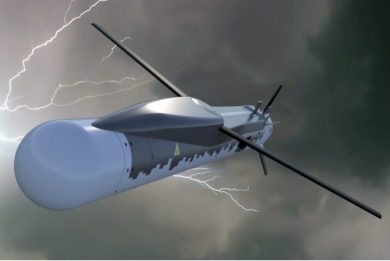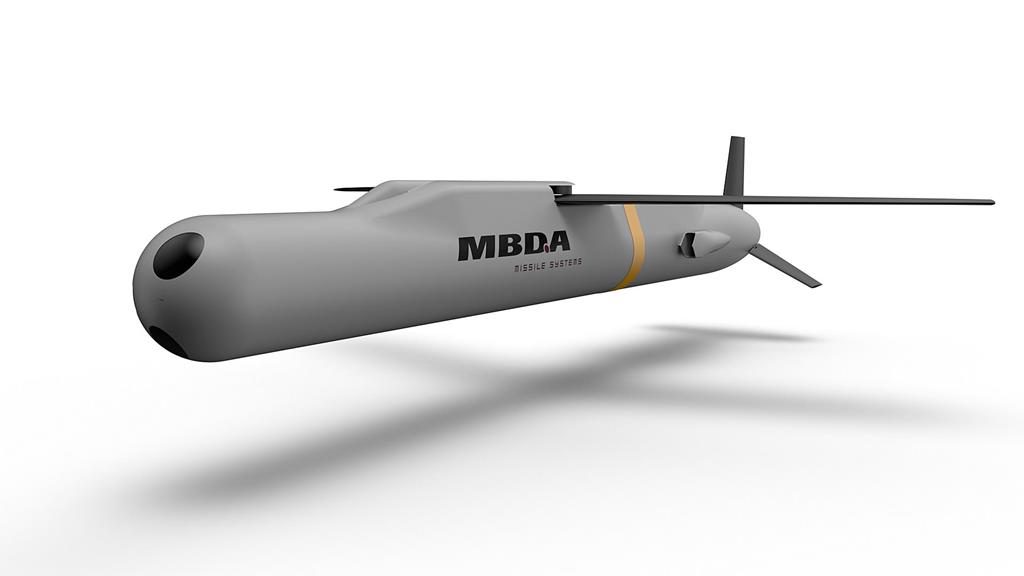
Tactical flexibility and swarm attack capability
The aim set by MBDA is to cope with standard targets with a maximum effect similar to that of an Mk 82 bomb. However the European Missile Company will exploit the R&D work done by TDW, the MBDA-owned company based in Schrobenhausen, Germany, specialised in warheads, which developed scalable effect warheads allowing the pilot to trim the terminal effect in percent of the maximum obtainable. The weapon can thus be trimmed between 100 and 10% of its effect, allowing avoiding danger-close situations and to reduce to a very minimum the risk of collateral damages. Another key design parameter is size and weight: all those weapons will have to fit on the hexo-launcher, in order to allow a single aircraft to carry 12 of them, or even 18, allowing hitting multiple targets of various kinds with different effects.
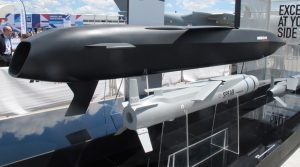
In fact the first of the Tactical Strike systems is already existing and has a name: Spear. Weighing less than 100 kg, with a 180 mm diameter and with a length of less than 2 meters, it has been designed to fit in the F-35 weapons bay, two Spears being able to fit one behind the other. Fitted with a multiple effect warhead it is network enabled, can operate in GNSS denied environment, and should become operational shortly, “weeks or months” MBDA officials told EDR On-Line. The Spear is already contracted by the Royal Air Force that will use it on its F-35s and is also considering it for its Eurofighters.
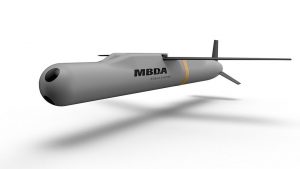
The two other members of the Tactical Strike family have identical dimensions, 1.8 meters length and 180 mm diameter, but different weights. The first one is the Smart Glider, the name indicating that it lacks a propulsion system.
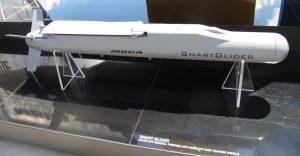
A 120 kg class weapon, 80 kg are from the scalable warhead. Launched from 30,000 ft altitude it can travel for over 100 km, the guidance system having not yet been completely identified but quite probably it would feature multiple sensors, including semi-active laser guidance, infrared seeker, as well as obviously GPS and other navigation features allowing to operate it in GPS-denied environment. AI will definitely be used to provide it with automatic target reconnaissance and designation; AI will also using in giving the Smart Glider a swarm capacity, the weapons being launched together to saturate i.e. GBADs talking to each other via data link in order to adopt geometric tactics to maximise the effects. A man-in-the-loop capability is a must, however the single weapon or the swarm can carry out an autonomous attack in certain circumstances, i.e. when a target has been positively identified.
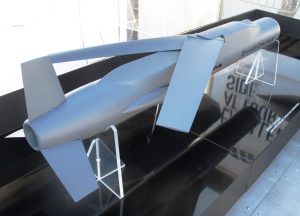
The same saturation and operational capacity will be available to the Smart Cruiser. This will however be powered the engine allowing to sustain it in the first 100 km, doubling in fact the range. Its weight is increased to 150 kg, which means that the warhead should not be reduced much compared to the Smart Glider. A SmartLauncher will be developed, capable to deploy six missiles.
The two Smart systems, which are being developed by MBDA with company funding, should be ready in the 2020+ timeframe. According to the company two Dassault customers have already expressed interest in the system, and some announcement might be done in the near future.
Pictorial courtesy MBDA; photos by Paolo Valpolini

